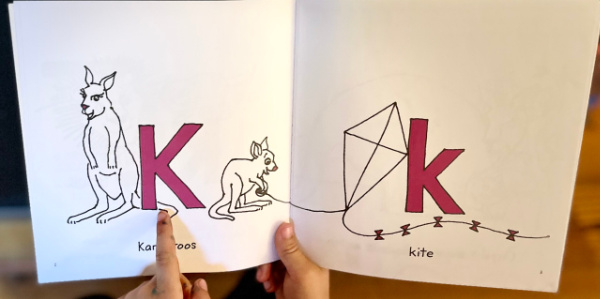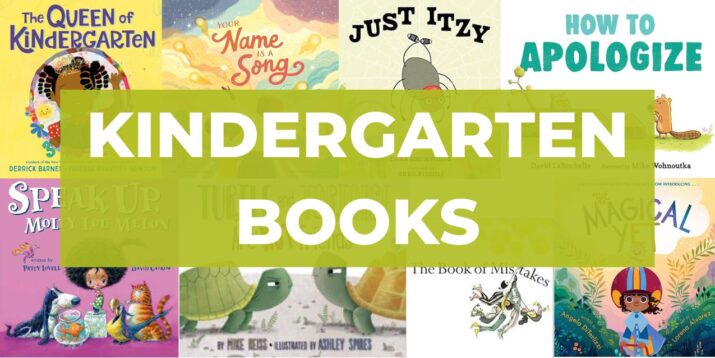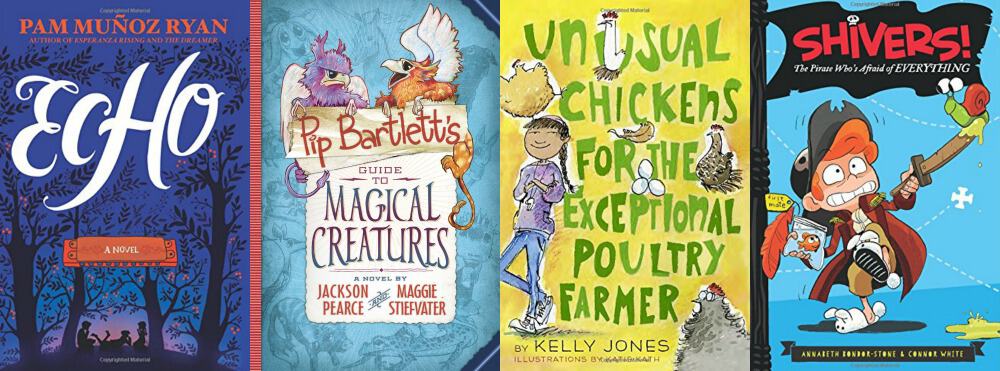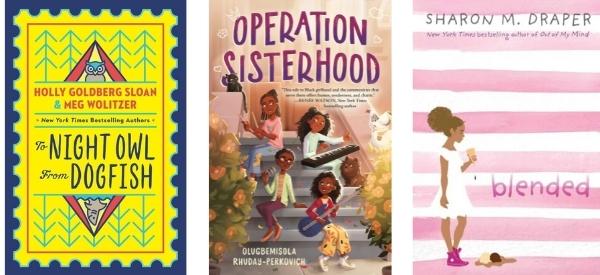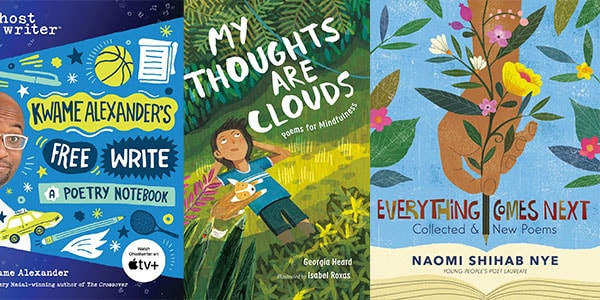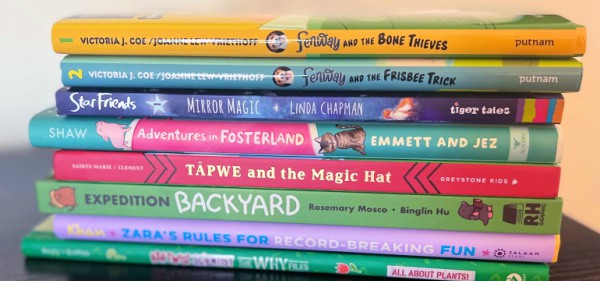Strategies to Help Children Learn Sight Words
This post may contain affiliate links.
“Tuh, huh, eh… tuh, huh, eh…?” The first grader I worked with squirmed in his seat as he tried to sound out the sight word word, the. I corrected him gently, “The.”
As a reading teacher, I often have suspenseful moments. One of them is when a student who has been working on a word over and over again with me encounters that word in a text. I find myself holding my breath and waiting to see what happens. Outwardly I celebrate with them if they succeed and respond with a calm correction when they don’t succeed. Many of my most suspenseful moments involve sight words.
What are Sight Words?
What are sight words? They are the most common words in our language that we want students to be able to recognize quickly and read automatically, without having to slow down to sound them out.
These words have tremendous value in being learned. I’ve seen a common statistic that when students have mastered the first 100 words in the Fry list, they’ll be able to read half the words in all published text.
There are two typical sources of sight words that we work on with students: the Fry list and the Dolch list. Both of them are named after the men who created them. I don’t have any opinion on which list is used, though I tend to use the Fry list. But, I do have opinions on how to help students learn them.
How to help your child read sight words
Strategy One: Putting the Sound Back Into Sight Words
First, recognize that though these are called sight words, the primary way that children learn them will not be by staring at them visually and trying to memorize them on sight. The vast majority of sight words are phonetic, meaning they can be sounded out. Focusing on the sounds in the words taps into your child’s auditory memory. The science of reading research tells us that reading is an auditory skill, not a visual one.
So, how do you do that? Teach the sight word by saying it aloud first, before your child even looks at it. Here’s a suggested script for the word “that.”
You: My word is “that.” Can you say “that”?
Child: “That.”
You: I’m going to throw “that” to you! Catch it!
Child: Pretends to catch the word after you throw it at them.
You: Show me the sounds on your fingers.
Child: (Holds up a finger on their non-writing hand for each sound that they hear.) Th..a…t.
You: What’s the first sound? (You can also ask them, What’s the sound on your first finger?)
Child: Th
You: What’s the second sound?
Child: Ah
You: What’s the last sound?
Child: Tuh
Make sure they’re giving you the sounds — not the letter names! Once you’ve played around with the sounds in the word, then show them the word and have them practice reading it. Now, they’ll have the auditory sounds in their head to anchor onto the letter shapes that they see. For example, when you’ve worked on the sight word “they” focusing on the sounds of it, when they see the word they’ll have sounds to anchor onto the spelling. They’ll hear the long a sound in their head when they see the “ey” spelling in they.
Strategy Two: Use their Phonics Skills
As they learn Fry words, tap into the phonics skills they have. I call this working the word. You’re teaching your child to analyze words using what they know to decode them. For example, if they’re working on the word “is” they will hear the zz sound at the end of the word. Remind them that the letter s can say the z sound at the end of a word, when it’s after a vowel or next to a silent e. If they’re reading the word “what” they will probably say the a with its usual short vowel sound. Remind them that the letter a can make more than one sound. It can say its short sound (ah), its long sound (ay), or a short o sound. Work the word with the different sounds until it’s correct.
Strategy Three: Yup, It’s Drill Time!
And of course, to really master the pesky sight words that are still giving your child difficulty — it’s time to drill! But, this doesn’t need to be (and shouldn’t be!) a dreaded task with flash cards and tears.
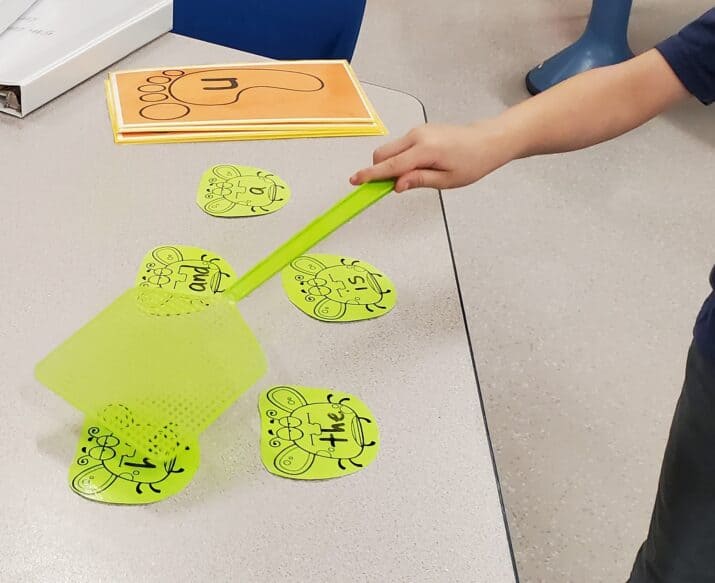
Make sight word learning fun and meaningful with the following suggestions:
- Only do a few at a time! 3 to 5 at most. And try to choose words that have common spelling patterns. For example, I might work on it, is, if, in.
- Whenever they have a little “down time” encourage them to practice reading them. A student I work with tapes her lists on her bathroom mirror to look at.
- The best way to learn something is through frequent short-duration practice, rather than less frequent longer-duration practice — ie. a quick minute here and there throughout the day, in the car, in the grocery store, while waiting for an appointment, etc. Have your child keep a few words on index cards on a key ring to practice.
- Make your own sets of word cards. If you make pairs of them you can play go fish, ex. “Mom, do you have the word your?” Or, turn them into a memory game by flipping them all upside down and finding the pairs. If you have an active kid – park one set at the end of a hallway and the other set at the other end — have them run back and forth finding the pairs!
- Give them a sight word and have them “hunt” for it — while out running errands. Make it a competition — who can find the most of a word! The great thing about this activity is it helps them recognize the words in different contexts!
- Play “flashlight tag” with words! Tape magnets to cards of sight words and have them “catch” them with a fishing pole. Put out sight word cards on the floor and have them stomp or slap them when you say them. Play sight word twister! “Put your left elbow on the word… are!” Write sight words on big bubble wrap and have them pop the word!
- Make it as multi-sensory as possible –trace them in shaving cream or in the sandbox. Make them out of play dough.
- If you have as many LEGO as I do (I have twin boys…), write letters on Legos and have them build the sight word!
Tips: If they make a mistake, patiently correct them — have them repeat the word correctly. Unfortunately, many sight words are not easy to figure out phonetically. Like “said” — really?
The point is to have fun in short, quick, engaging mini-lessons that don’t feel like learning!
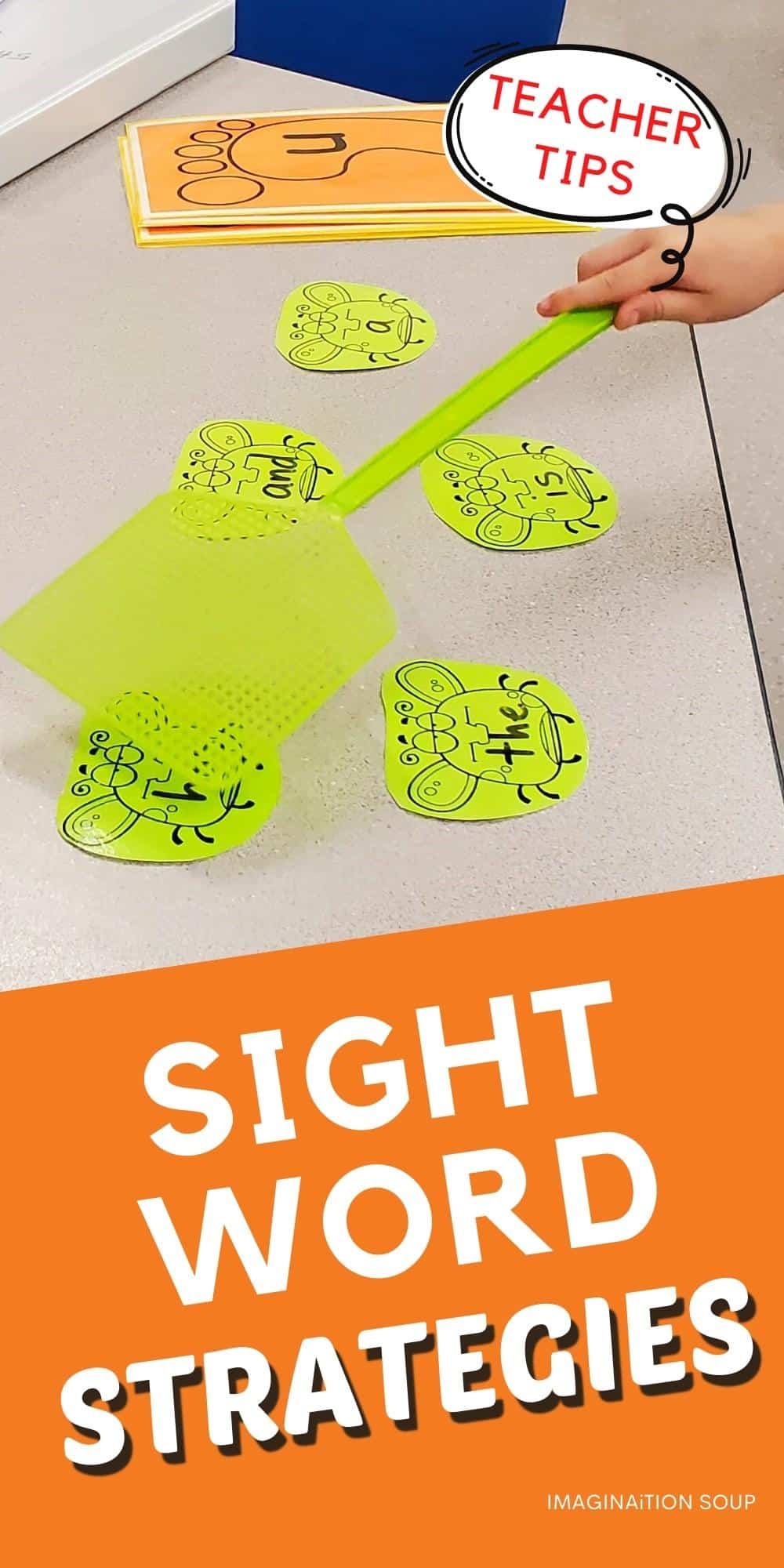
KEEP READING
Word Guessing: The Enemy of Good Reading
Easy Readers / Early Readers for Kindergarten and First Grade




